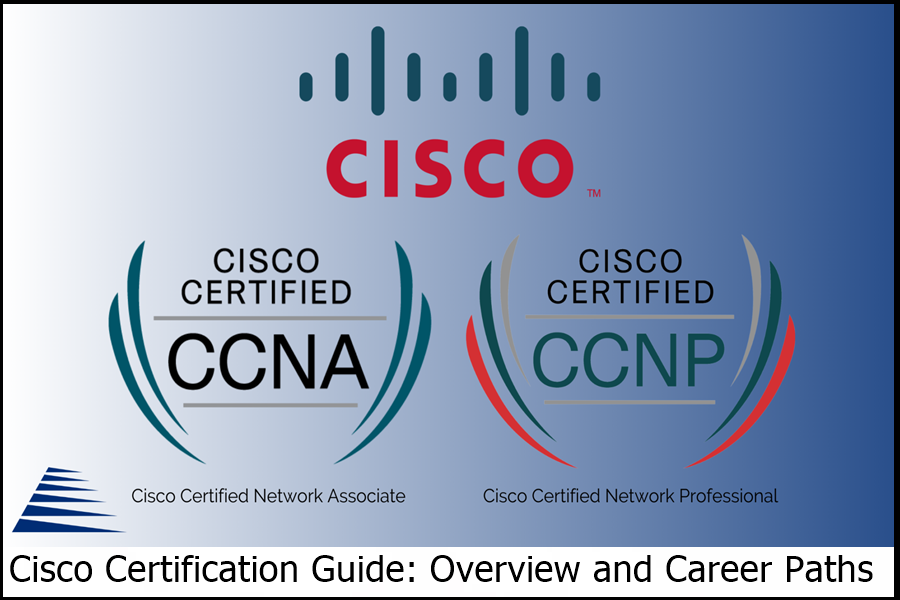Online exams: what are their advantages and disadvantages?
Online exams: what are their advantages and disadvantages?
EDUCATION OF THE FUTURE
The fourth industrial revolution is the technological revolution; an example of this in the educational world is the application of online exams. But what are its advantages and disadvantages?
Table of Contents
- The origin of online exams and their contribution to education
- Six exclusive advantages of online exams
- 2.1 Resource savings
- 2.2 Use of content
- 2.3 Design of reagents
- 2.4 Accuracy and speed of results
- 2.5 Data management and analysis of results
- 2.6 Better adaptability to the current environment of students
- Are there disadvantages to online exams?
Please find out how remote assessment systems have evolved, the six main benefits of an online exam, and the resources that can help us avoid mistakes.
The origin of online exams and their contribution to education
Online exams are indeed the result of technological innovation, but their origins date back to 1924 when psychologist Sidney Pressey introduced the so-called “learning machine.”
The prototype was a box with buttons that signaled multiple answers: if the student pressed the correct answer, he could advance to the next question, or else he had to keep pushing and recording his attempts until he got it.
This rudimentary system pioneered online learning platforms and exams as we know them today. Today, we recognize its contribution to education for being the first automated system that offered three advantages in evaluation:
- Systematization of the evaluation-learning process: the students did not depend directly on the teacher to take an exam or take notes on their results.
- Optimization of exam phases: students could take the test at any time and did not require direct supervision. In addition, they could know the results in real time.
- Flexibility and independence: students could self-assess and study at their own pace, depending on the results. The machine threw more complex questions to the next level if these were favorable.
Machine learning was praised by well-known psychologists such as BF Skinner, who was convinced that this invention would evolve into novel remote assessment systems in time, making learning faster and more efficient.
Six exclusive advantages of online exams
Although it is clear that technology has transformed education and will continue to do so, it is always necessary to analyze what advantages these resources have brought us and how they have been adapted to the needs of the new generations.
Online exams are a clear example of technological innovation’s benefits to education. Today, evaluation processes can no longer be restricted to a physical space, and it is not functional to maintain the same security protocols used in face-to-face exams.
The number of educational resources can make the difference for an online evaluation process to be successful and yield good results. In this sense, we can divide the saving of resources into two types:
Material resources: here, the economic ones stand out, from purchasing stationery supplies to printing material, as well as administrative and teaching staff. To this is added the significant expense of renting a physical space.
Non-material resources are usually more abundant and include the most important of all, time. We talk about the time allocated to the exam design before, during, and after its application. Many online exam systems today are designed to streamline processes and save the most time.
- Use of content
Streamlining the collection of material for the exam is one of the most relevant advantages. Nothing better than having a bank of questions that allows teachers to design multiple choice questions.
Organizing and evaluating general tests or more specific evaluations based on a study area or subject is much simpler and more practical.
- Reagent design
Although paper-based exams can be designed with great ingenuity and creativity, it is difficult for them to compete with the possibilities of an online exam, where various multimedia resources can be integrated, not only to improve the appearance of the exam but also to stimulate students cognitively. The students.
Having various assessment formats allows tests to be diverse and dynamic. Teachers are offered multiple tools for their preparation and students various advantages during execution.
One thing that generates the most stress for students after exams are the time it takes teachers to evaluate results. They do not know that many teachers are also stressed by not being able to deliver their evaluation in the shortest possible time.
Online exams are also designed to solve this problem and deliver immediate evaluations, especially when time is short.
- Data management and analysis of results
In physical exams, after the evaluation, teachers have to spend a lot of time organizing numerical results, capturing and collating data, and making formulas and calculations susceptible to human error.
Remote evaluation systems also solve this situation because they capture the results automatically and can generate databases for administrative and statistical purposes. This allows teachers to analyze the information, identify areas of opportunity for students and improve their teaching strategies.
- Better adaptability to the current environment of students
The distance between the physical and virtual world is almost non-existent for the new generations, especially after the global pandemic and confinement stimulated virtual interaction. Therefore, we cannot ignore that young people are more familiar with remote activities.
Among other additional advantages, we can mention that remote evaluation is the ideal format for people with different abilities or for those who find it difficult to move to an academic venue.
Are there disadvantages to online exams?
No educational system is perfect, and there is always a question about the possibility of online exams having disadvantages; however, that will depend on the tools that the educational institution uses.
The ingenuity of students to copy and take advantage of the resources at their fingertips to obtain a good grade is incredible, and often the professors do not have the same technical ability as them. That is why a system is essential to avoid the possibility of cheating and protect the process against any eventuality.
We know that cheating in exams is as old as education itself. Although teachers do their best to detect any anomaly, the technological resources to circumvent the security of an evaluation are increasingly ingenious.
The years of pandemic and confinement allowed many students to improve their “techniques” to cheat on exams and evade the security mechanisms of virtual platforms. Even today, there are platforms that, even though they are supposed to be designed for studying, are used by students to cheat.
The good news is that this can be easily avoided if we have a state-of-the-art system with the technological resources to shield the process, offering safe and reliable evaluations.
But what tools should this platform have to avoid dishonest behavior or other anomalies during the exam? Let’s see some of them:
- Multifactorial verifier
- We must consider that students take the exams online from their devices, which opens up many possibilities they may incur in some dishonest practice.
- Therefore, it is necessary to have a multi-factor authenticator (MFA) that is responsible for managing user access by requiring at least two different verification factors.
- Continuous facial recognition
- It is a biometric security system that, through the identification and detection of facial features, can confirm a person’s identity through real-time photos or video.
- Browser Lock
- Once the test is launched, regardless of the device the student uses, the system must have the ability to lock access to other pages or browser tabs to prevent checking answers.
In short, is it possible to cheat in an online exam? The answer is yes: the possibility exists, but the risk is almost nil if we have a system with these technological resources to deal with them.
Now that you know the advantages of online exams, what do you think of this information? Do you already have an online assessment system for Higher Education? We would like to know your experience; leave us your comments below.
Suppose you still do not have an online evaluation system. In that case, we invite you to check out TestBench: a robust online evaluation bank with a portfolio of multiple-choice items to evaluate both general and specific knowledge.
Its advanced artificial intelligence system allows you to dynamically generate exams with random questions, with sections that change the test questions according to your needs and guarantee maximum security during the process.
FREE VPN FOR WINDOWS: BEST SERVICES OF 2022
The 16 Best Online Mental Health Courses 2022
The most important persuasion technique to convince 2022
BLOOD IN THE DOG’S STOOL: WHAT ARE THE REASONS 2022 ?
Online exams: what are their advantages and disadvantages?


